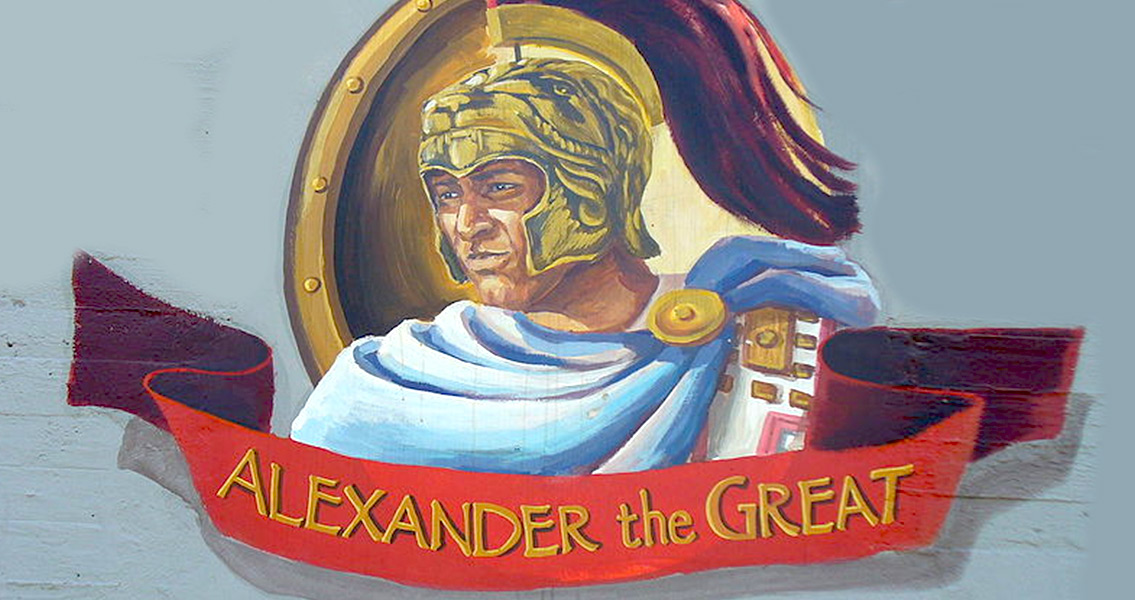<![CDATA[Bones found at a Greek archaeological dig could belong to one of Alexander the Great's generals. Excavations at the Kasta Hill site in Amphipolis, northern Greece, have already uncovered sphinxes, a spectacular mosaic floor and female statues guarding an interior doorway. Speculation had surrounded the site since it was first uncovered, as it was unclear what the purpose of the complex was, until now. The Greek Ministry of Culture announced in a recent press conference that fragmentary skeletal remains had been found deep within the complex, beneath the floor of the tomb's third chamber. The tomb is thought to be the largest in the Greek world, and dates from the fourth century BCE, the time of Alexander the Great. The skeletal remains confirm that the Kasta Hill site was constructed as a burial complex. Within a limestone grave, archaeologists led by Katerina Peristeri found the remains of a wooden coffin sealed with copper and iron nails. Amongst the bone fragments were pieces of glass, which might have been ornamental decoration for the coffin. The excavators have remained tight-lipped about who the buried individual could be, but they have stated clearly that the site is far too large and expensive to have been afforded to just anyone. The sheer size and lavish detail of the tomb suggest that it was built for a "prominent figure," the Ministry of Culture's press release stated. Dorothy King, a classical archaeologist not involved in the dig, has suggested the tomb could have belonged to a close friend of Alexander. Although it is very difficult to ascertain the sex of a fragmentary skeleton, King notes that the expense of the complex suggests it was for a man. Kasta Hill appears to be a "religious complex that served as a cult to the deceased and not just a tomb, so was of someone who was either fully deified or who was given a cult as a hero or demi-god," King wrote in her blog. King has suggested that the burial could be that of Hephaestion, who had been Alexander's closest friend since their childhood. The two were tutored under Aristotle and fought numerous campaigns together. After Hephaestion died in Ecbatana, western Iran, in October 324 BCE, Alexander was deeply affected. He mourned by shaving his hair, not eating and executing Hephaestion's doctor. Several historians have suggested that Alexander and Hephaestion actually had a physical relationship, although no contemporary source states they were lovers. It is important to realise however, that modern sexual categories like homosexual or heterosexual did not exist during the fourth century BCE. In his book, 'Alexander: The Ambiguity of Greatness,' Guy MacLean Rogers, professor of history at Wellesley College, stated that "In ancient Greece, acting upon a desire (sent by the god Eros) for another man or woman, simply did not lock any man or woman into a sexual camp." Even though the lavish nature of the Kasta Hill burial site suggests a figure of Hephaestion's standing, it remains unclear exactly who was interred at the site. There are no written records or inscriptions to offer clues to the identity of the skeleton. Excavations are continuing at the extraordinary site and will hopefully reveal exactly who was buried there, over 2000 years ago.]]>
Skeletal Remains Uncovered in Amphipolis Excavation
